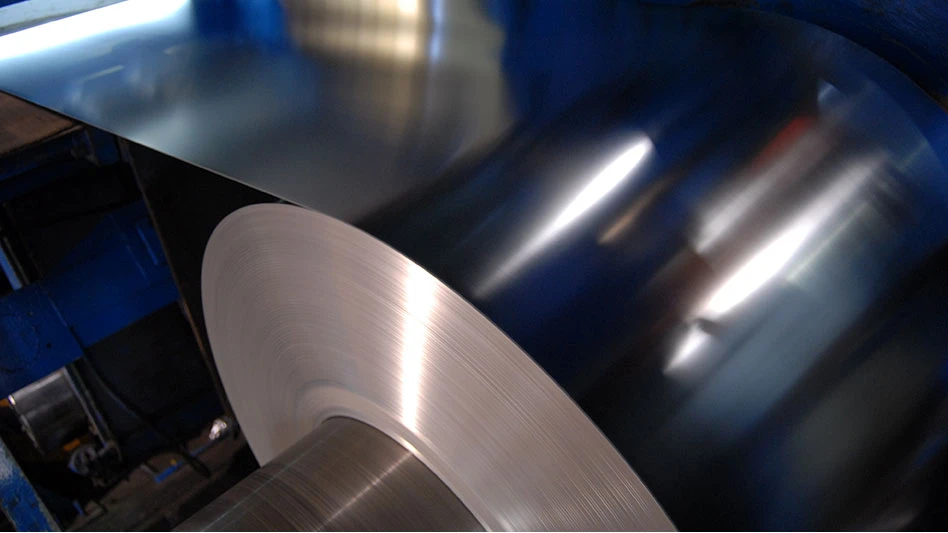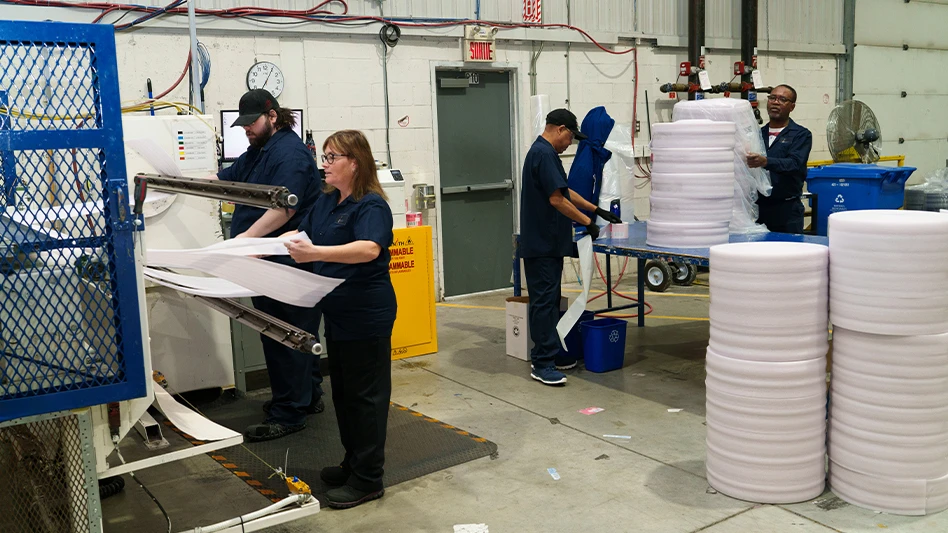PRE-FAB HOUSING UNITS TO GROW
The market for prefabricated housing units has been forecast to plateau in North America by 2002, according to a study prepared by The Freedonia Group Inc., Cleveland.
Slightly more than one million prefabricated units were built worldwide in 1997, but in 2000 that number is expected to grow to 1.1 million. Prefabricated housing demand is expected to level off in the U.S., but to rise in Japan and other parts of the world.
Modular, panelized and pre-cut housing typically reduces—often significantly—the amount of construction debris that is generated on a work site. Centralized prefabricated production facilities, however, can be significant generators of clean waste wood and other C&D commodities.
Construction Rolls Along in U.S.
Difficulties in overseas economies have had little effect on North American construction markets. The residential housing market continues to make the 1990s a decade of prosperity for home builders, while the industrial, commercial and infrastructure construction segments are keeping commercial contractors busy.
The demand for cement and other construction materials was strong enough for Lafarge Corp., Reston, Va., to post a 10% increase in net sales in the first quarter of 1999 over the same quarter last year. The company credits “a strong demand for cement, construction materials and gypsum wallboard and favorable pricing trends” for the favorable results. Specifically, “strong demand for both aggregates and ready-mixed concrete in the western U.S. and Ontario” was noted by the company during the three-month period. Lafarge’s cement shipments also showed an increase against year-earlier results.
Perhaps indicative of the health of the residential building segment, Lafarge reports that “wallboard demand from new construction and remodeling, in combination with steadily rising prices, helped Lafarge Gypsum increase its operating profit 157% to $8.5 million from $3.3 million in the first quarter of 1998.”
The F.W. Dodge Division of McGraw-Hill, Lexington, Mass., has reported that new construction contract figures for February of 1999 were down from a year ago. But with a Dodge Index number of 144 (1992 = 100), the construction industry is still a healthy one. A peak may have been reached in late 1998, when the Dodge Index hit a high of 159 in December.

Explore the May 1999 Issue
Check out more from this issue and find your next story to read.
Latest from Recycling Today
- Nucor names new president
- DOE rare earths funding is open to recyclers
- Design for Recycling Resolution introduced
- PetStar PET recycling plant expands
- Iron Bull addresses scrap handling needs with custom hoppers
- REgroup, CP Group to build advanced MRF in Nova Scotia
- Oregon county expands options for hard-to-recycling items
- Flexible plastic packaging initiative launches in Canada





